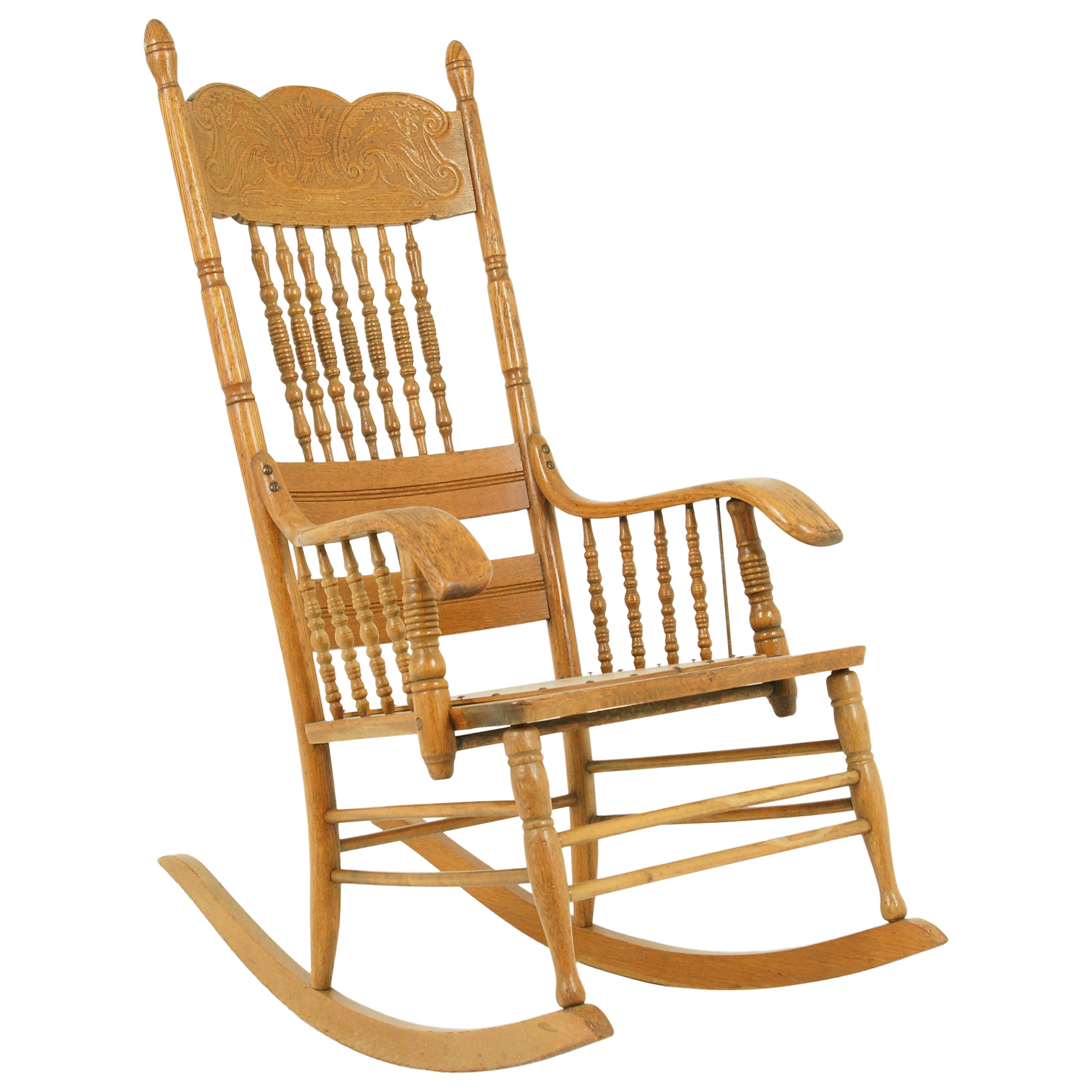Design and Craftsmanship of Retro Indigo Wooden Rocking Chairs

The enduring appeal of retro indigo wooden rocking chairs lies in the masterful blend of traditional craftsmanship and a vibrant, unique color. These pieces are not merely furniture; they are handcrafted works of art, reflecting both the skill of the artisan and the enduring beauty of natural materials. Their design and construction represent a fascinating interplay of form, function, and aesthetic choice.
Construction Methods of Retro Wooden Rocking Chairs
Traditional methods are often favored in crafting retro-style rocking chairs to ensure both durability and an authentic aesthetic. These chairs typically begin with carefully selected wood, often hardwoods like oak, maple, or cherry, known for their strength and resistance to wear. The chair’s components – the seat, back, rockers, and supports – are individually shaped and carved, often using traditional joinery techniques such as mortise and tenon, dovetail, or pegged joints. These methods create strong, lasting connections that can withstand years of use. The pieces are then assembled, meticulously fitted together, and often reinforced with additional bracing to ensure structural integrity. Finally, the chair is sanded smooth, preparing it for the application of the indigo dye.
Applying Indigo Dye to Wood
The process of dyeing wood indigo is a multi-step procedure that requires precision and patience. Several methods exist, each producing subtly different results. One common technique involves submerging the finished wooden components in a vat of indigo dye. The depth of color and the intensity of the indigo shade depend on the concentration of the dye and the duration of the immersion. Another approach is to apply the dye using brushes or cloths, allowing for greater control over the application and the creation of unique patterns or effects. Some artisans might even use a combination of both techniques for a more layered and textured finish. After dyeing, the wood is allowed to dry completely, often followed by a sealing coat to protect the color and the wood itself.
Wood Types Commonly Used
The choice of wood significantly impacts both the durability and the aesthetic of the rocking chair. Hardwoods like oak, known for its strength and grain patterns, are popular choices. Maple offers a smoother, finer grain, while cherry provides a rich, warm tone that deepens with age. The density and grain of the wood affect how it absorbs the indigo dye, influencing the final color and appearance. Softer woods, while potentially less durable, might allow for a more even and vibrant indigo dye absorption. The artisan’s selection often reflects both personal preference and the desired characteristics of the finished piece.
Aesthetic Qualities of Different Indigo Shades and Finishes
The range of indigo shades achievable on wood is quite extensive, from a light, almost grayish-blue to a deep, almost black hue. The final appearance is also influenced by the finish applied after dyeing. A matte finish preserves the natural texture of the wood, while a glossy finish enhances the vibrancy of the color and creates a more polished look. The interplay between the wood grain, the indigo shade, and the type of finish contributes to the unique character of each rocking chair. A darker indigo on a highly figured oak, for instance, will have a dramatically different aesthetic compared to a lighter indigo on smooth maple with a matte finish.
Refinishing or Restoring a Retro Indigo Wooden Rocking Chair
Refinishing or restoring a vintage indigo rocking chair can revitalize a cherished piece. Careful attention to detail is crucial to preserve its character and enhance its beauty.
- Assessment and Preparation: Carefully inspect the chair for damage, loose joints, or areas requiring repair. Gently clean the chair using a soft brush and mild soap to remove any loose dirt or debris.
- Repair and Reinforcement: Address any structural issues, such as loose joints or cracked wood, using appropriate wood glue and clamps. Consider reinforcing weakened areas with additional bracing if necessary.
- Sanding: Sand the chair using progressively finer grit sandpaper to smooth out any imperfections and prepare the surface for refinishing. Start with a coarser grit and gradually move to finer grits to achieve a smooth finish.
- Dye Application: Apply the indigo dye using the desired method (immersion or brushing), ensuring even coverage. Allow ample drying time.
- Sealing and Finishing: Apply a suitable sealant to protect the dye and the wood. Choose a finish that complements the overall aesthetic – matte, semi-gloss, or gloss – and apply according to the manufacturer’s instructions.
